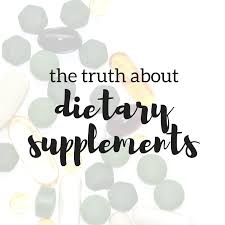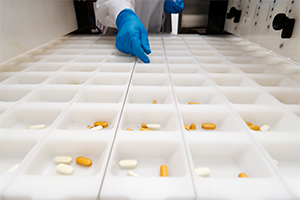Many dietary factors, including the intake of sodium and potassium, have an influence on risk factors for blood pressure and cardiovascular disease. More emphasis has generally been put on reducing sodium intake to lower blood pressure, but a new study published in JAMA Pediatrics shows that a diet high in potassium may better protect adolescents from high blood pressure during the teen years and in to adulthood.
The eating habits and blood pressure of 2,185 girls aged 9-10 were tracked for up to 10 years. Researchers assessed the effect of dietary potassium, sodium, and the potassium to sodium ratio on blood pressure throughout the study and after 10 years of follow-up.
After adjusting for race, height, activity level, television/video time, calorie intake and other dietary factors, sodium intake had no long-term effect on the girls’ blood pressure. Girls who had higher potassium intakes throughout adolescence, however, had lower blood pressure than girls who had lower potassium intakes. And, while sodium intakes at levels of 3,500 mg/day or more had no significant impact on blood pressure, higher potassium intakes were inversely associated with blood pressure change (both diastolic and systolic) throughout adolescence and at the end of follow-up.
Somewhat contrary to the advice focusing on reduction of sodium intake, this study provides evidence that consuming more potassium-rich foods during childhood may help reduce increases in adolescent blood pressure and subsequently into adulthood.
Justin R. Buendia, BS; M. Loring Bradlee, MS; Stephen R. Daniels, MD, PhD; Martha R. Singer, MPH, RD; Lynn L. Moore, DSc, MPH Longitudinal Effects of Dietary Sodium and Potassium on Blood Pressure in Adolescent Girls JAMA Pediatr. Published online April 27, 2015. doi:10.1001/jamapediatrics.2015.0411
We use cookies on our website to give you the most relevant experience by remembering your preferences and repeat visits. By clicking "Accept" you consent to the use of all the cookies.

 Español
Español










